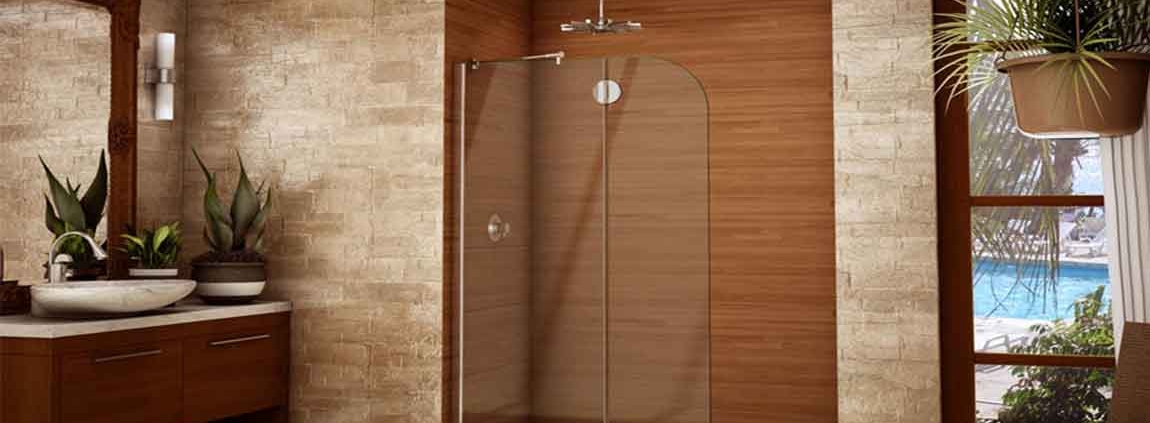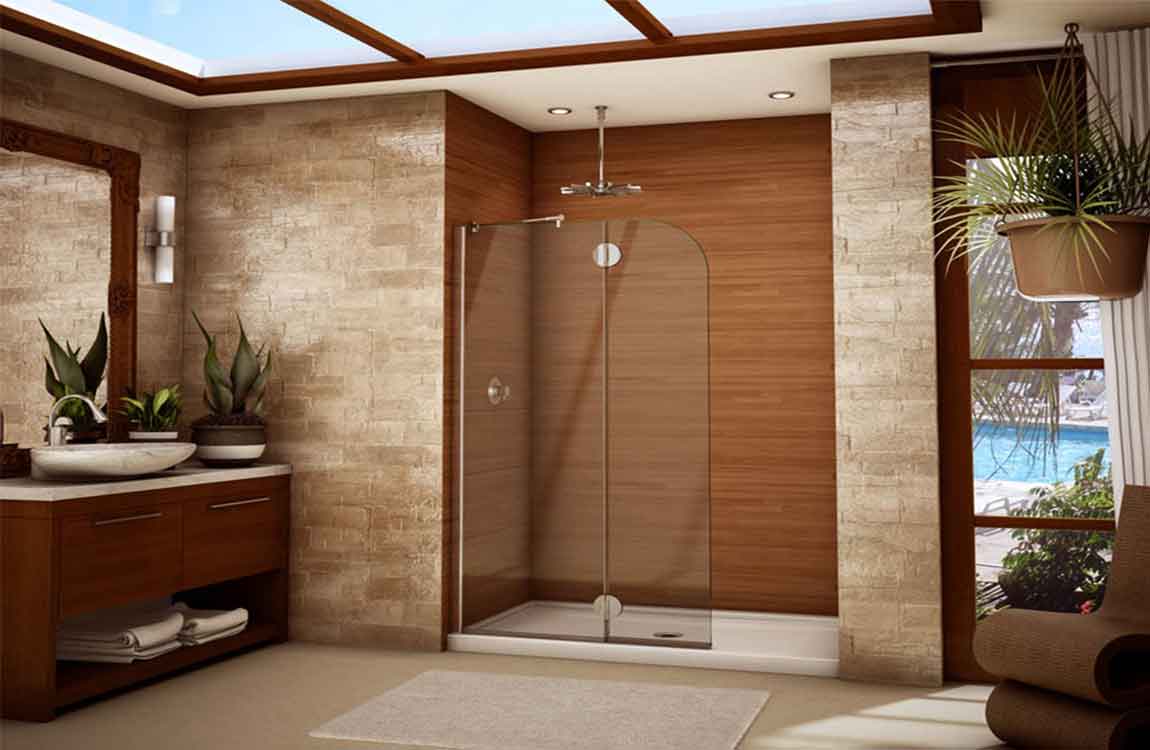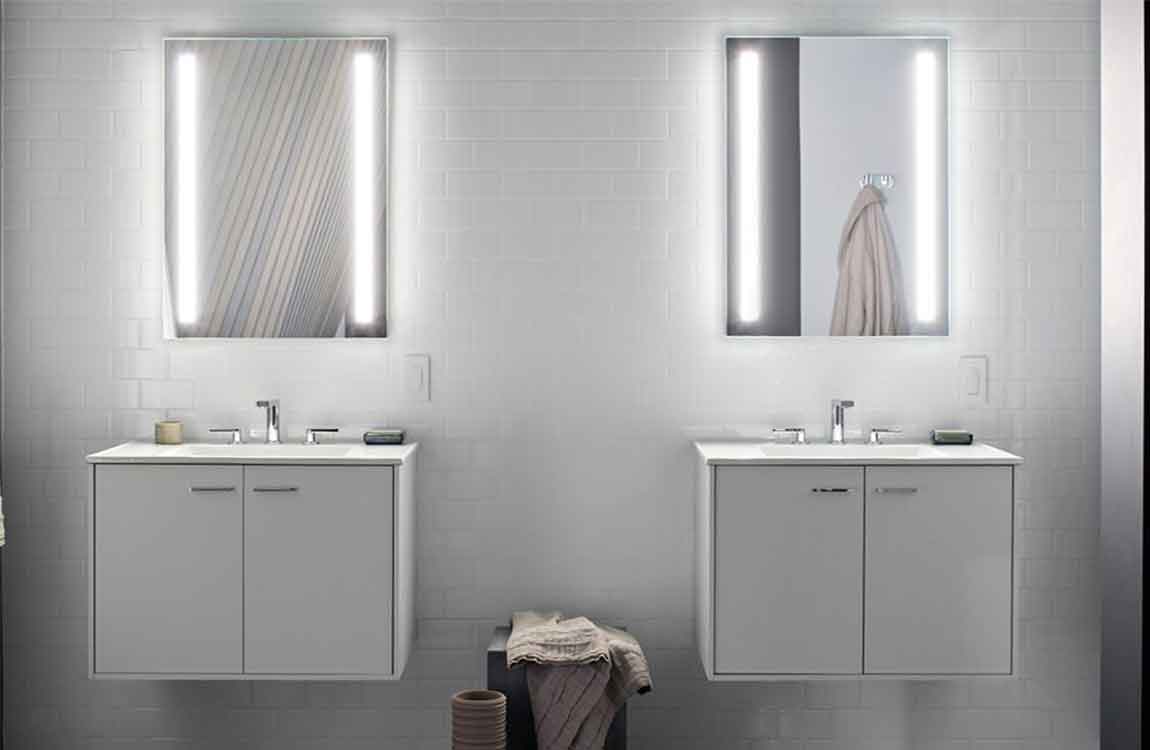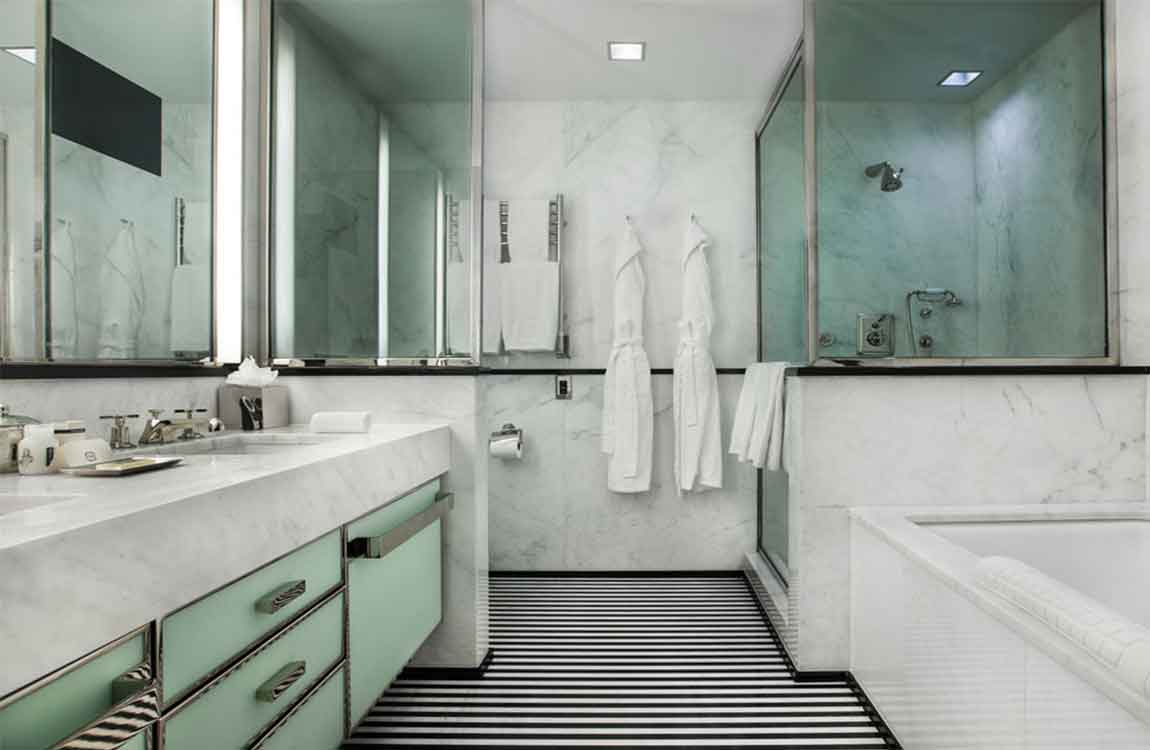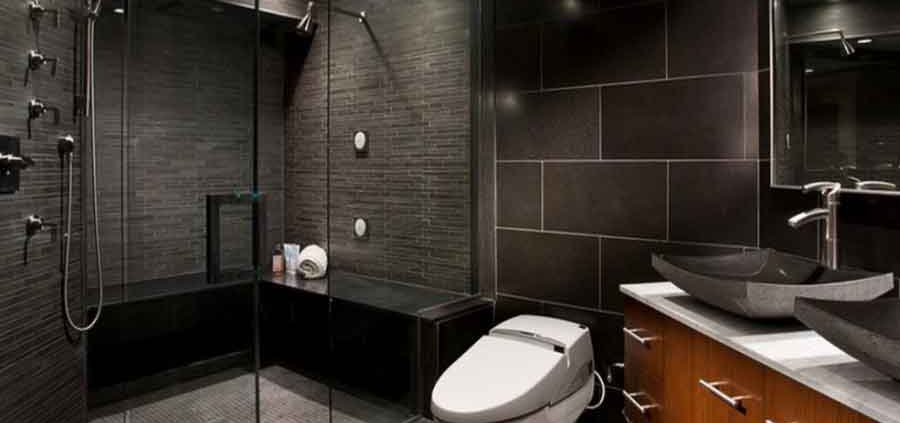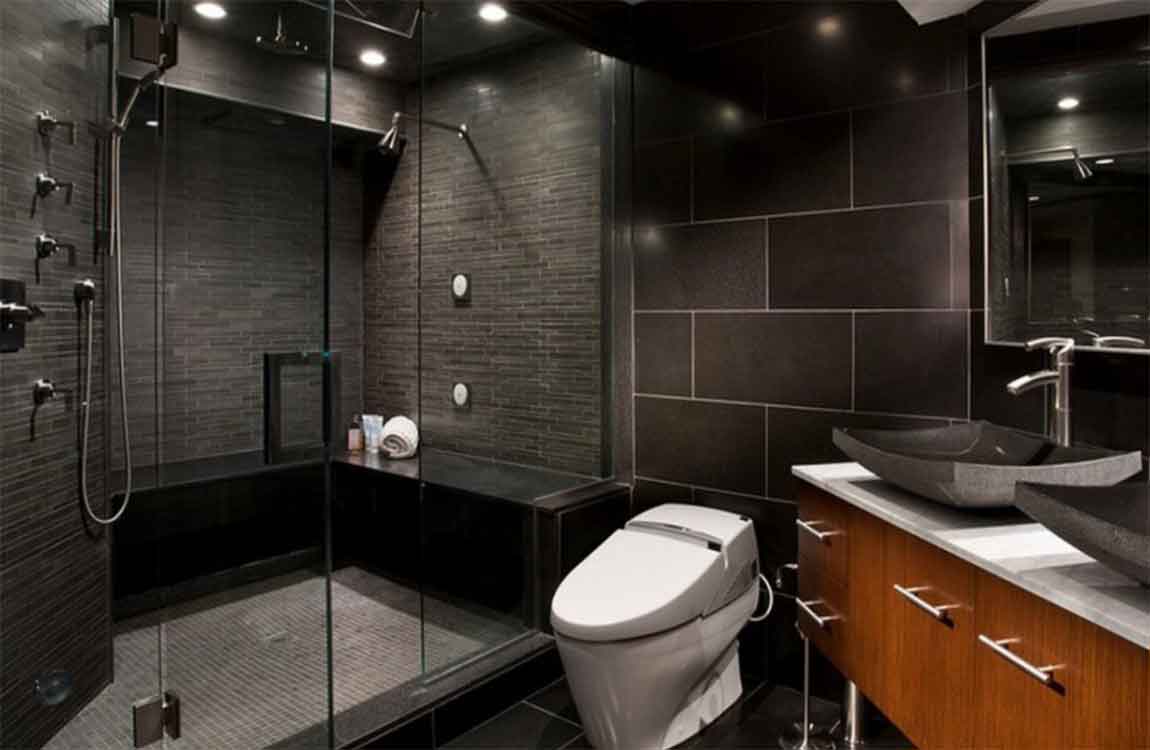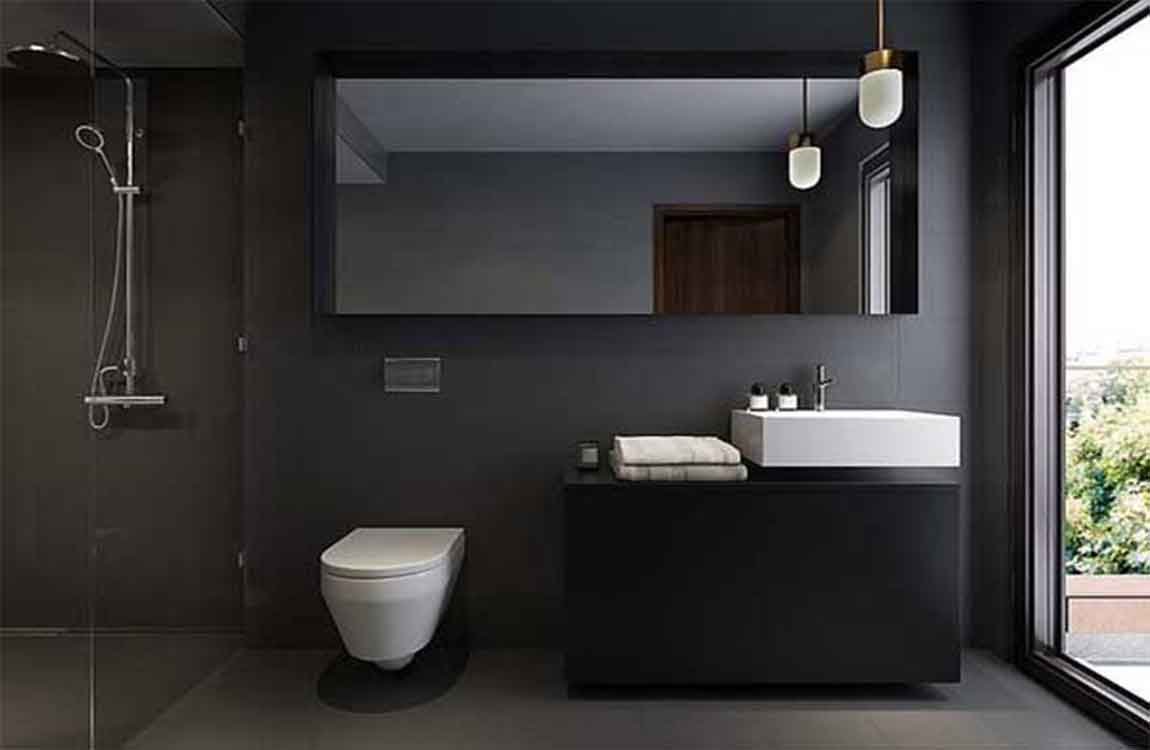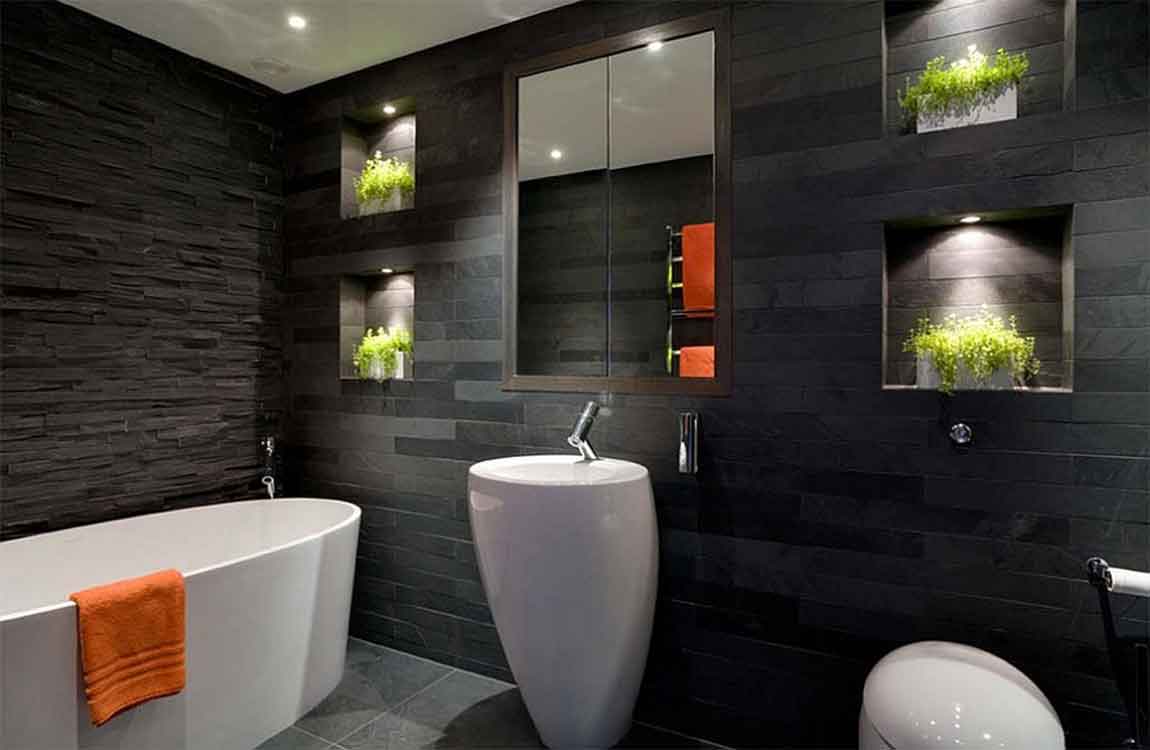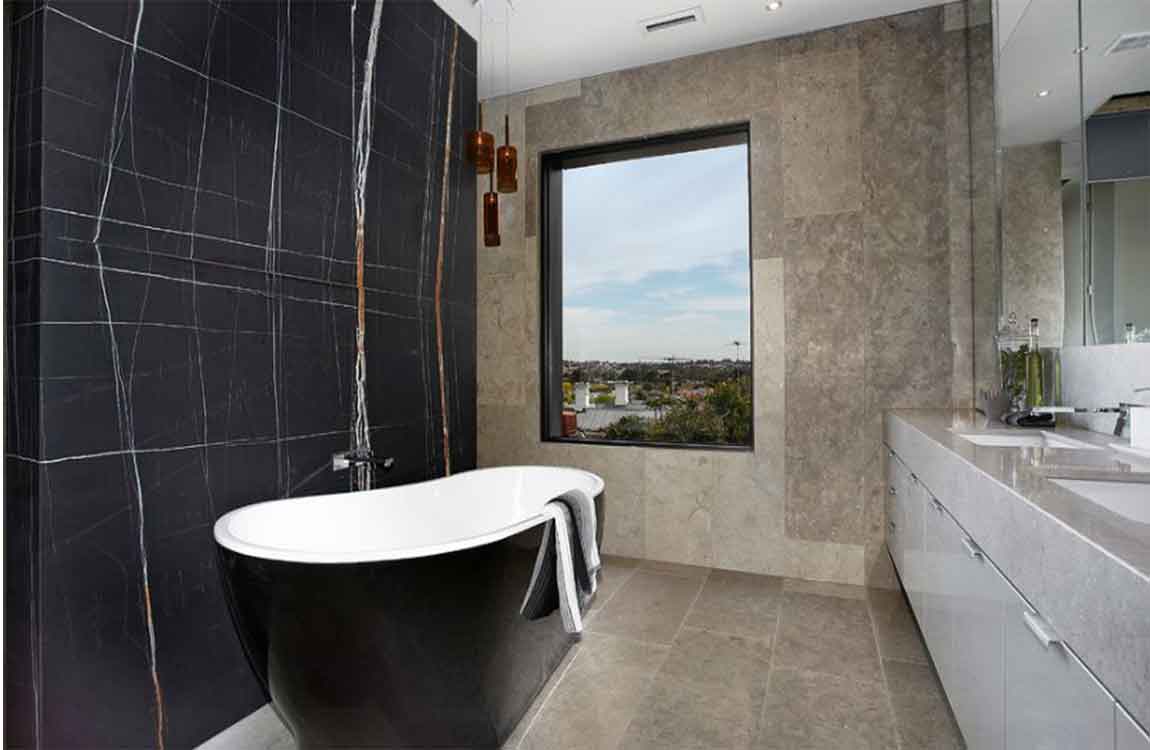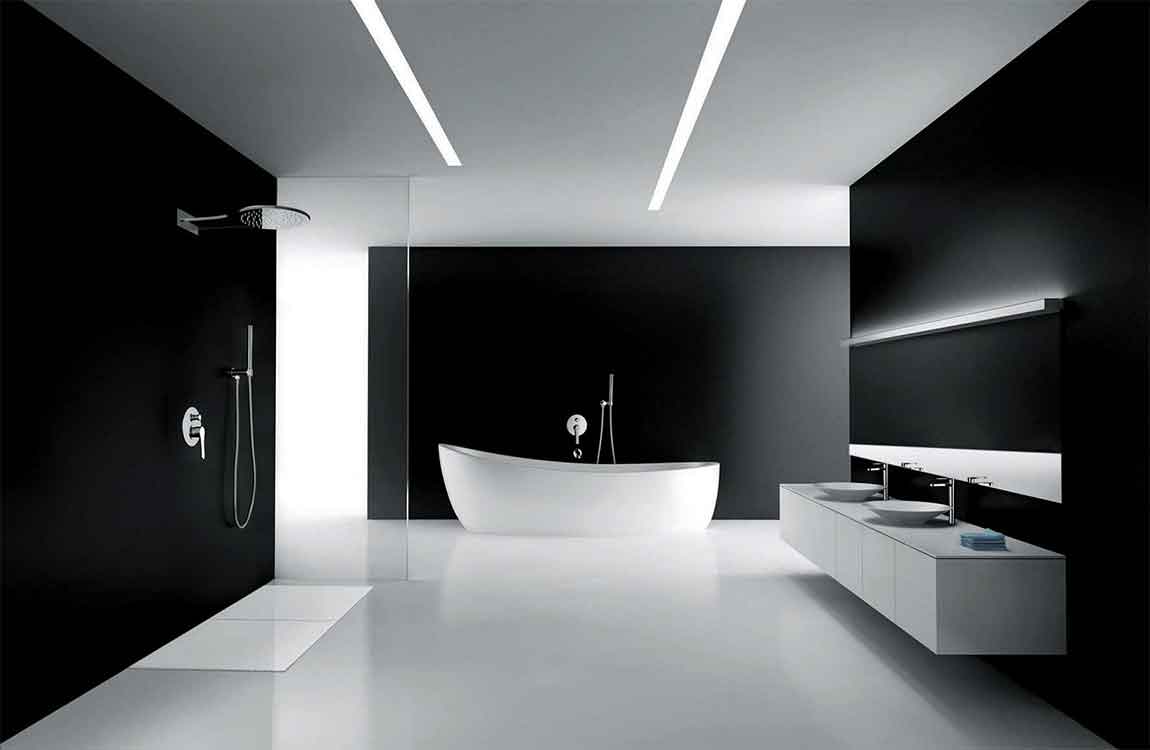How Creating Holders?
Decide which objects need them. If you’ve decided on creating holders in a second piece of wood, consider what you intend to bring into the tub with you. Out of those, decide which would be most disastrous if they were to fall into the water (or even out of the tub entirely). These could be: Paper materials, like books or magazines. Glass objects, like a mug or wine glass. Open flames, like candles.
Map out their placement. Depending on what you’re creating holders for, think about where on your tray is best to place each object. Consider what else you will be holding on your tray and how often you will be reaching for each item. Also consider which of your hands is dominant and most likely to do all the reaching.
Placing a holder for a candle toward the back of the tray is always a good idea. This way you won’t be reaching over an open flame for anything else. If you’re right-handed, placing a cup holder on the right side and a candle holder on the left is advisable since you will be reaching for your cup more frequently than the candle, and vice versa if you’re left-handed.
Also keep in mind that your hands and arms will probably become wet at some point. So if you’re creating a holder to place a book after reading, set this toward the rear or to the side of your cup holder so you don’t drip water over it when you take your next drink. A hole 3⁄4 inch (19 mm) deep with a slot 1⁄2 inch (13 mm) thick can hold most wine glasses so they don’t spill.
Mark and cut your top board. First, designate 1 piece of wood to be the base of the tray and set it aside for now. Use the other piece as your topper. Now, for each object that will receive a holder, measure its bottom. Use these measurements to trace an outline on your topper to then cut out with a saw.

